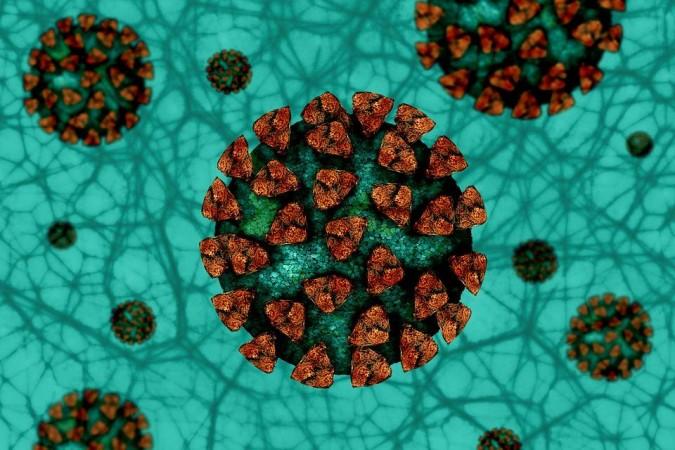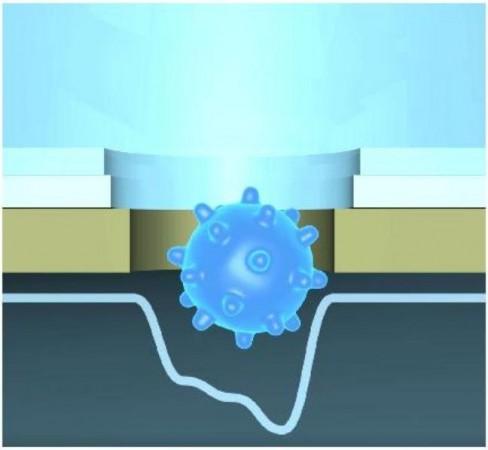When it comes to COVID-19, time is literally of the essence as the speed of detection of the disease can dictate its severity and outcome. Therefore, scientists are leveraging different techniques to develop quicker and more accurate tests to identify the SARS-CoV-2 virus. Now, a new study has reported the development of a novel highly sensitive test for the detection of the COVID-causing coronavirus—that uses a combination of nanopore technology and artificial intelligence—in only five minutes.
The study led by researchers from Osaka University demonstrated that single virus particles that pass through a nanopore (a pore of nanometer dimensions) can be accurately recognized utilizing machine learning. Driven by the high sensitivity of the approach, the test was also able to distinguish between similar-sized coronaviruses causing SARS, MERS, COVID-19, and the common cold.
"Our innovative technology has high sensitivity and can even electrically identify single virus particles," said Prof. Masateru Taniguchi, first author of the study, in a statement. The study providing potential for portable, quick and accurate screening tests for multiple viral diseases was published in the journal Nature.
Fusing Two Diverse Technologies

RT-PCR (reverse transcription-polymerase chain reaction)is considered the gold standard of COVID-19 testing and continues to be the most reliable diagnostic technique for identifying the SARS-CoV-2's viral proteins. Despite its accuracy, several practical limitations mar its viability, especially when time is a determining factor. These include the need for large laboratory infrastructure, training of professionals, costs, and most importantly, long waiting periods for results. Obtaining the results of an RT-PCR test can take anywhere between 24 to 48 hours. Therefore, the current study aimed to overcome these hurdles.
In order to develop the device for the test, nanopores that were just 300 nanometers in were drilled into a silicon nitride membrane. When a virus was forced through a nanopore by electrophoretic force (energy created by the migration of charged particles in an electric field), the pore became partly blocked. This led to the decrease of ionic flow within the nanopore, which was identified as an alteration in the electric current.
Serving as a function of time, the current enabled the ascertaining of crucial information about the analyzed target particle's structure, volume, and surface charge. Nevertheless, the interpretation of minute signals—which could be as low as a few nanoamps—machine learning was required. Using 40 PCR-negative and 40 PCR-positive saliva samples, the team trained the algorithm for the purpose.
Differentiating Between Coronaviruses

The authors found that the intelligent nanopore system could effectively identify the SARS-CoV-2 virus. In addition to the novel coronavirus, the machine-learning enabled system was able to efficiently discern between several similar-sized coronaviruses such as HCoV-229E, SARS-CoV, MERS-CoV, and SARS-CoV-2; all of which cause respiratory illnesses. Using the new platform, the author achieved a specificity of 96 percent and a sensitivity of 90 percent for the detection of the SARS-CoV-2 virus in only five minutes.
"We expect that this research will enable rapid point-of-care and screening tests for SARS-CoV-2 without the need for RNA extraction. A user-friendly and non-invasive method such as this is more amenable to immediate diagnosis in hospitals and screening in places where large crowds are gathered," averred Prof. Taniguchi.
In its entirety, the novel testing platform comprises cost-effective semiconducting nanopore modules, a portable high-precision current measuring instrument, and machine learning software on a server. According to the team, the use of machine learning can facilitate the detection of other infectious diseases that may emerge in the future.
















